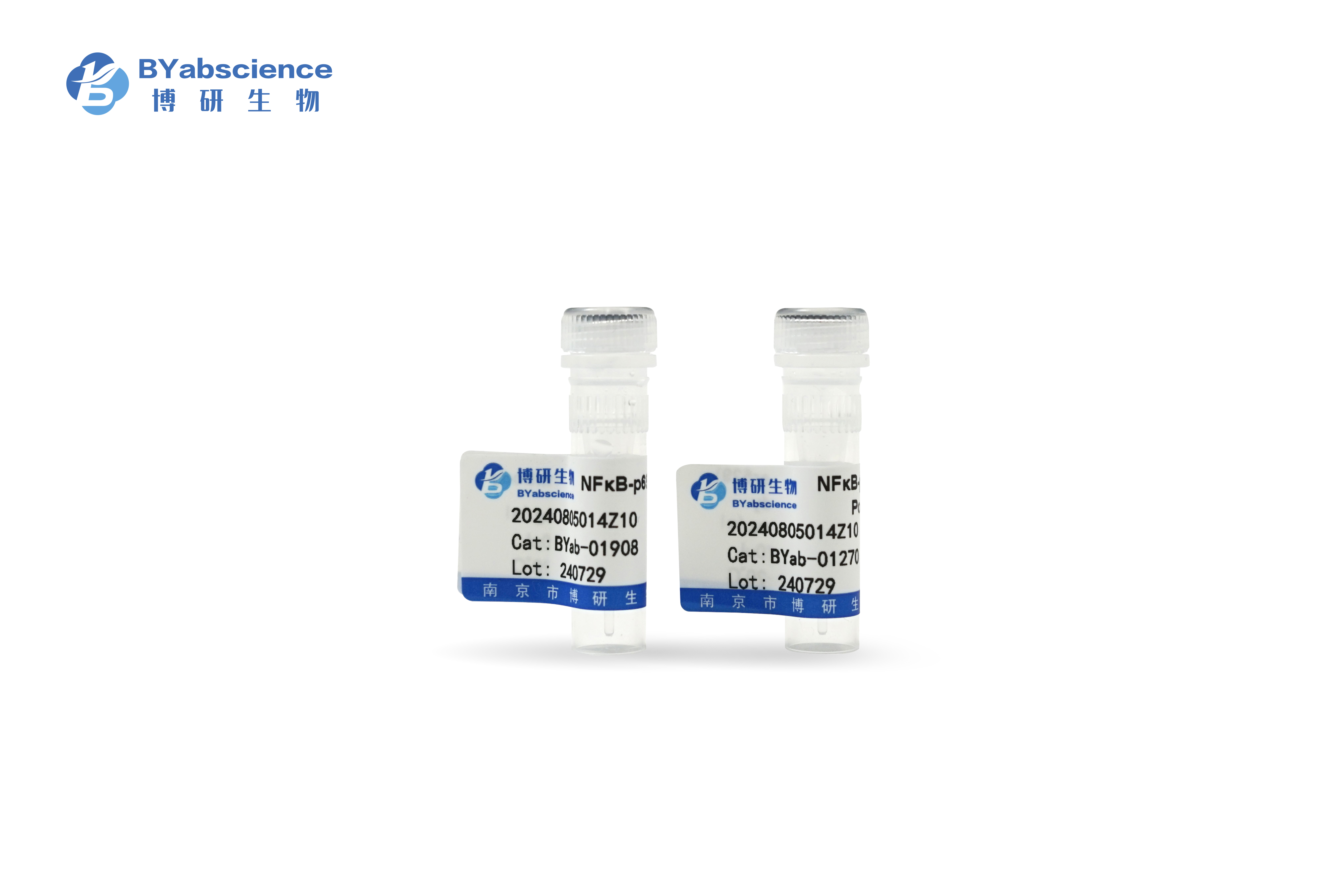免疫原
Purified recombinant fragment of human CD94 expressed in E. Coli.
特异性
CD94 Monoclonal Antibody detects endogenous levels of CD94 protein.
组成(Formulation)
Ascitic fluid containing 0.03% sodium azide,0.5% BSA, 50%glycerol.
稀释比例
Western Blot: 1/500 - 1/2000. Flow cytometry: 1/200 - 1/400. ELISA: 1/10000. Not yet tested in other applications.
纯化工艺(Immunogen)
Affinity purification
背景(Background)
Natural killer (NK) cells are a distinct lineage of lymphocytes that mediate cytotoxic activity and secrete cytokines upon immune stimulation. Several genes of the C-type lectin superfamily, including members of the NKG2 family, are expressed by NK cells and may be involved in the regulation of NK cell function. KLRD1 (CD94) is an antigen preferentially expressed on NK cells and is classified as a type II membrane protein because it has an external C terminus. Three transcript variants encoding two different isoforms have been found for this gene. [provided by RefSeq, Jul 2008],
功能
function:Plays a role as a receptor for the recognition of MHC class I HLA-E molecules by NK cells and some cytotoxic T-cells.,online information:CD94,similarity:Contains 1 C-type lectin domain.,subunit:Can form disulfide-bonded heterodimer with NKG2 family members.,tissue specificity:Natural killer cells.,






